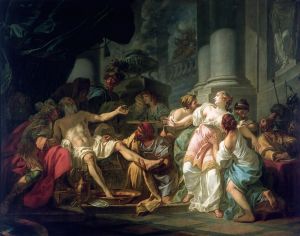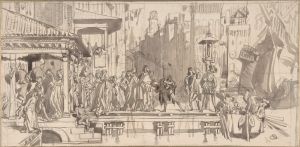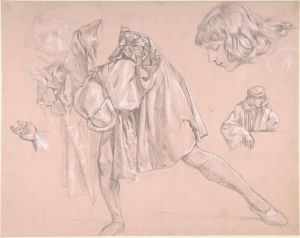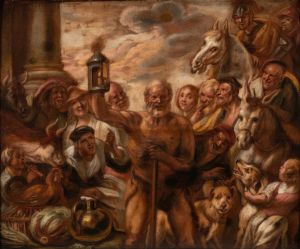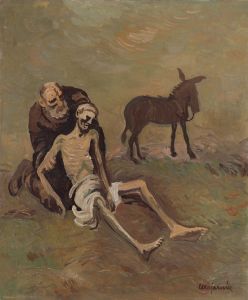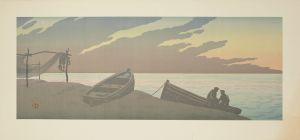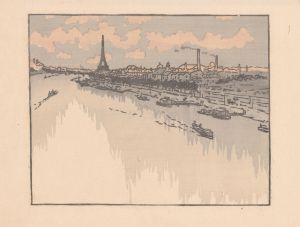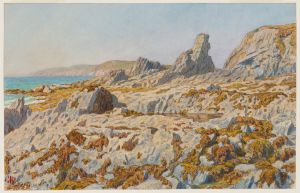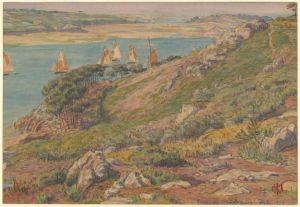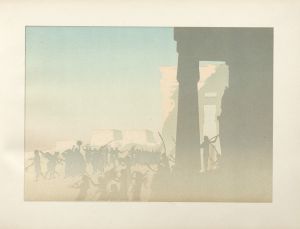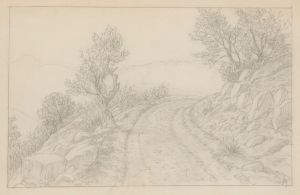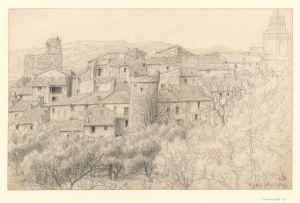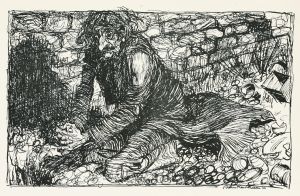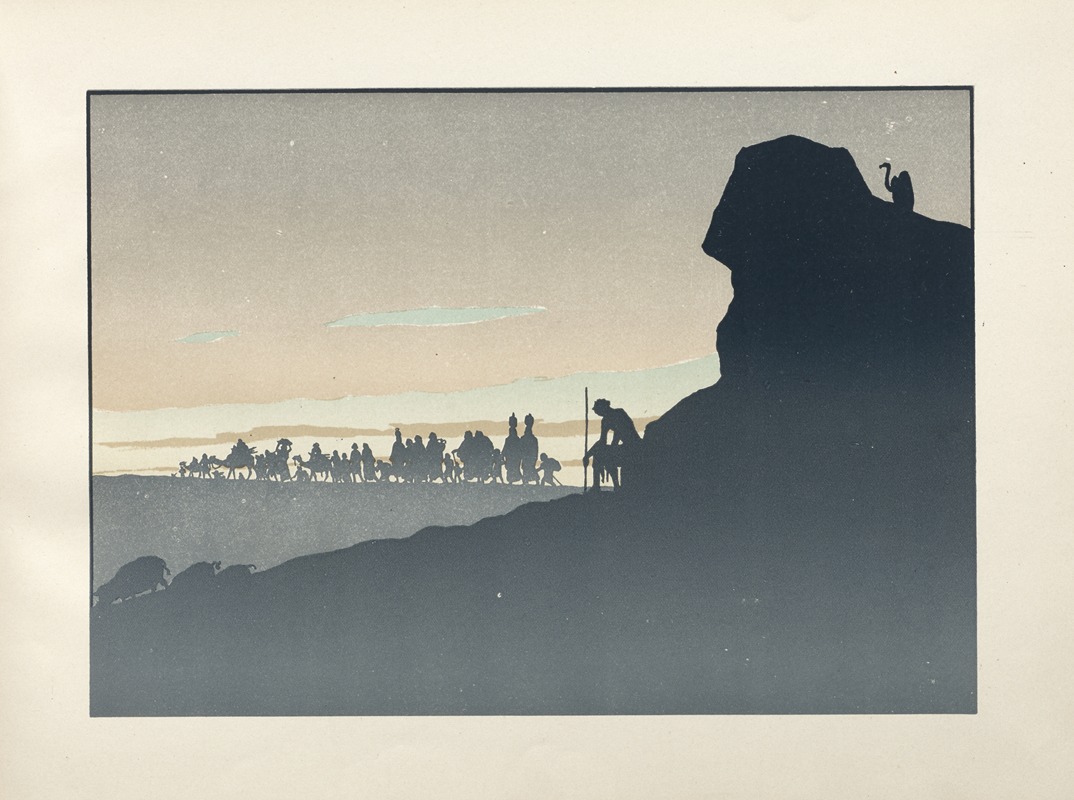
The Prodigal Son; Cinquième Tableau
A hand-painted replica of Henri Rivière’s masterpiece The Prodigal Son; Cinquième Tableau, meticulously crafted by professional artists to capture the true essence of the original. Each piece is created with museum-quality canvas and rare mineral pigments, carefully painted by experienced artists with delicate brushstrokes and rich, layered colors to perfectly recreate the texture of the original artwork. Unlike machine-printed reproductions, this hand-painted version brings the painting to life, infused with the artist’s emotions and skill in every stroke. Whether for personal collection or home decoration, it instantly elevates the artistic atmosphere of any space.
Henri Rivière (1864-1951) was a French artist known for his contributions to the art of printmaking and his involvement in the late 19th and early 20th-century art movements in France. One of his notable works is "The Prodigal Son; Cinquième Tableau," which translates to "The Prodigal Son; Fifth Scene." This piece is part of a series that Rivière created, inspired by the biblical parable of the Prodigal Son.
Rivière's interpretation of the Prodigal Son story is rendered in his distinctive style, which often incorporates elements of Japonisme—a style influenced by Japanese art that became popular in France during the late 19th century. Rivière was particularly known for his innovative use of color and composition, which can be seen in this work.
"The Prodigal Son; Cinquième Tableau" is a color lithograph, a medium that Rivière mastered and used extensively throughout his career. Lithography, a printing process that involves drawing on a flat stone or metal plate with a greasy substance, allowed Rivière to create detailed and vibrant images. His expertise in this technique is evident in the intricate details and the harmonious color palette of the piece.
In this particular tableau, Rivière captures a moment from the parable where the prodigal son, having squandered his inheritance, returns home to seek forgiveness from his father. The scene is imbued with emotion, as Rivière skillfully portrays the son's remorse and the father's compassion. The composition is carefully balanced, with the figures placed in a way that guides the viewer's eye through the narrative.
Rivière's work often reflects his fascination with light and atmosphere, and "The Prodigal Son; Cinquième Tableau" is no exception. The use of light and shadow in the piece creates a sense of depth and enhances the emotional impact of the scene. The background elements, such as the landscape and architectural details, are rendered with a delicate touch, adding to the overall harmony of the composition.
Henri Rivière was a prominent figure in the French art scene, particularly known for his association with the Chat Noir cabaret in Montmartre, Paris. He was a contemporary of other notable artists such as Henri de Toulouse-Lautrec and Pierre Bonnard. Rivière's work was influenced by his interest in Japanese woodblock prints, which is evident in his use of flat areas of color and bold outlines.
Throughout his career, Rivière produced a significant body of work, including prints, paintings, and illustrations. His contributions to the art of printmaking have been widely recognized, and his works are held in various museum collections around the world.
"The Prodigal Son; Cinquième Tableau" is a testament to Rivière's skill as a printmaker and his ability to convey complex narratives through his art. It remains an important piece within his oeuvre, showcasing his unique style and his mastery of the lithographic process.





